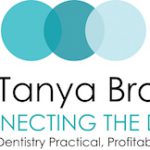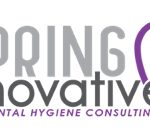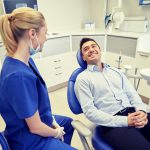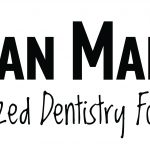
A common dilemma among many dental practices is how to transition the hygiene department from prophylaxis to comprehensive periodontal diagnosis and treatment. Among the concerns is the perception that if we are starting something new, does that imply that up until now patient needs have been inadequately addressed? The simple solution to this dilemma is referring to the constantly evolving knowledge in healthcare. Using phrases such as “Research has shown” or “We now know” can help with the...
Read More








